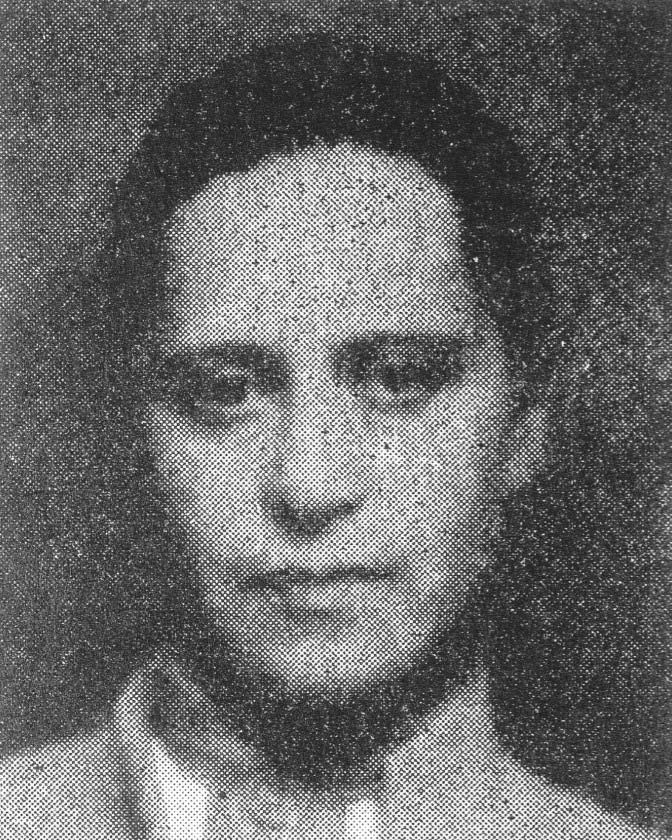Marc STERLING
January 4, 2019Marek SZWARC
January 4, 2019Rahel SZALIT-MARCUS
CHJENTY (POLAND) 1892 – DEPORTED TO AUSCHWITZ 1942
Rahel Marcus spent her childhood in Lodz. Her father, who was a craftsman, encouraged her talent in drawing. Rahel’s first painting was a portrait of her father. Her cousin taught her German, Polish, and French. She was an activist, just like her father, and became a member of the Bund movement. In 1911, she left to study at the School of Fine Arts In Munich and got in touch with the young artists Henri Epstein and Marcel Slodki, whom she later met in Paris. Rahel Marcus enjoyed the years she spent in Berlin, where she met her future husband Julius Szalit, who was a successful actor. They had a passionate relationship until Julius left her and committed suicide in 1916. Devastated, she left Munich and moved to Berlin. She enjoyed success in the artistic circle and joined the Secession Salon and the November Group. She spent time at the Roman café where she met Mendele Mocher Sforim, born Sholem Yankev Abramovich (in Yiddish, Sforim means bookseller), who was a pioneer of Yiddish literature. She also became friends with Sholem Aleicheim.
Her works and the characters that she painted were inspired by their novels. She illustrated Sholem Aleicheim’s Son of Kazan, Mendele Mocher Sforim’s Fishke the Lame, Israel Zangwill’s The King of Schnorrers and Martin Buber’s Tales of Rabbi Nachman. She also taught fencing in order to earn her living. In 1933, when Hitler came to power, Rahel Szalit- Marcus moved to Paris. She spent time at Le Dôme café, continued to paint and continued teaching fencing. Collectors who were interested in her painting came to see her in her studio. On July 16, 1942, she was arrested by French police officers. Her studio was plundered, and her works have never been found again. On August 19, 1942, she was deported on convoy number 21. She was murdered in Auschwitz.
Stories of Jewish Artists of the School of Paris 1905-1939
FRENCH-ENGLISH
Capitale des arts, le Paris des années 1905-1939 attire les artistes du monde entier. De cette période de foisonnement, un terme est resté, celui d'Ecole de Paris, qui recouvre une grande diversité d'expression artistique. Dans ce brassage dont Montparnasse est le creuset, un groupe se distingue : celui des artistes juifs venus de Russie, de Pologne et d'Europe centrale. Si leurs styles sont variés, un destin commun les rassemble : ils fuient l'antisémitisme de leur pays d'origine. Certains ont connu la célébrité dès les années 1920, tels Soutine, Lipchitz ou Chagall. D'autres n'ont pas eu le temps ou la chance d'y accéder. Près de la moitié a péri dans les camps de concentration nazis.
From 1905 to 1939, Paris attracted artists from all over the globe as the capital of the art world. This period of artistic proliferation became known as the School of Paris, and includes a great diversity of artistic expression. Within the teeming art world centred on Montparnasse, one group set itself apart: Jewish artists from Russia, Poland, and Central Europe. Although their styles were diverse, they shared the common fate of fleeing anti-Semitic persecutions in their home countries. Some became famous in the 1920s, such as Soutine, Lipchitz, and Chagall, while others did not have the time or the luck to gain renown. Nearly half of these artists died in Nazi concentration camps.





